Artist JG Jones is one of the good guys in comics. He’s also one of the most respected current cover artists with a 25 year legacy of work – both interiors and covers – from drawing Marvel Boy with Grant Morrison, to Wanted with Mark Millar, to doing the covers for 52, to Final Crisis to his current work for every publisher a along the way. We’d worked together in the distant past and have remained friends as much as the hectic schedule of comics allows. When he contacted me about an interview, I knew something was up and as you will see he has some news to impart about taking time off – and this interview is the way of getting it all out there. But aside from JG’s news we also got to talk about the artistic process, some of his iconic work, and also Farmer Maggot and the Deep State of Hobbiton.
Thanks to JG for this interview. There was a lot of laughter in it despite the serious subject.
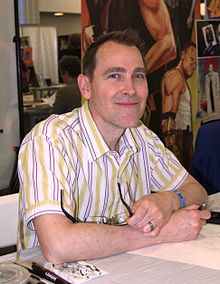
JONES: OK well I have to shut things down for a while to have a stem cell transplant. I’ve had a rare blood cancer called Polycythemia Vera for the last seven or eight years and it’s manageable. But in the last year it’s transformed into what they called Myelofibrosis where my bone marrow is beginning to fail. So yeah, that’s it. It’s going to be a long procedure and I’ll be in the hospital for a long time and then recovering at home for much longer time afterwards. So probably about six months all told before I can even leave the house again. But that doesn’t mean I won’t be doing things.
MACDONALD: Wow. Well, needless to say from myself, and everyone at the Beat and your many fans, we’re all sending you all the good thoughts in the world during your recovery. I was looking at your Facebook page and you have been doing mostly covers for a while now, right?
JONES: Yes. Since my health has been kind of iffy and up and down it’s a lot easier than committing to a monthly book.
MACDONALD: So I guess on the plus side while you are recuperating, when you can hold a pen maybe you can work on some personal stuff. And art as therapy.
JONES: I’m actually writing rewriting a new graphic novel that I want to start as soon as I’m able. So I hope to be able to at least do some writing while I’m locked away in recovery. And my studio is in the house, so I should be able to work on something while I’m improving. I’m just going to see how it goes.
MACDONALD: I don’t want to be invasive about your health issues, but you mentioned to me that you wanted to do this interview, so you can kind of answer all the questions so far and at least get the news out there. I’m sure there will be an outpouring of support for you. I’ve seen you at cons and, you know, you didn’t look like you were battling a life threatening illness. But can you talk a little about how you found out you were sick? Were there warning signs that might help others?
JONES: That part is actually not bad. This is kind of a weird disease and I was undiagnosed for a while. In the initial stages your bone marrow is hyper proliferative. It makes too many blood products, red, white, platelets. Way back when I was doing Final Crisis, I remember times where I was almost passing out at my drawing table. I would go to sleep and just sleep for hours and hours. It was really wrecking my deadlines. But I thought it was over work and I didn’t think much of it. Then I found out [I was sick] just in a routine physical. I had a blood test and it was so thick that it took 15 minutes to get a vial of blood out of me.
MACDONALD: Oh, my God.
JONES: Yeah. So it’s a really rare disease but I think a lot of people go undiagnosed. The outcome of having blood like that is usually a stroke or heart attack, which happens a lot when it’s not diagnosed. So I just got a lucky break that it was caught.
MACDONALD: Wow. Did the doctors figure out that something was very wrong at that moment when they drew blood?
JONES: Oh yes. The doctor knew immediately something was up and sent me to a specialist. And by that time I had moved to Philadelphia and they have really good hospitals here. So I found a really top-notch doctor right away.
MACDONALD: In battling it for seven or eight years, was it something that you could previously manage with drugs or chemotherapy?
JONES: Well initially they did it with phlebotomies and very low-level chemotherapy to keep my numbers down. But eventually the bone marrow develops a lot of scarring from being hyper proliferative. And when that happens you have the opposite problem. You can’t produce enough of the blood cells. The numbers start to crash in the opposite direction, and your white cells and platelets and reds all start to drop and you’re looking at blood transfusions and stuff like that just to stay alive.
MACDONALD: Wow. Well you know, JG, I’ve known you a long time and I didn’t think you were a medical expert! But now you have it all down! [general laughter]
JONES: Well, I’ve always been a bit of a science nerd, and strictly from that aspect, I find it really interesting.
MACDONALD: Well again, I speak for everyone at the Beat and everywhere to say we’re sending you every good thought for your recovery and getting back to drawing and writing. We’ve been talking about doing an interview for years, though so I’m not going to let this opportunity pass! I was looking at some of your recent work and it seems that you have become the master of the of the group shot! So many of your covers have a lot of people doing things. Is there a secret to doing these team covers?
JONES: [Laughs] Oh god. What’s funny about that is that I actually hate big groups. But it comes with the territory and you have to figure out different ways to make it interesting. I generally try to set up a different visual problem to solve with each one and try to find a different way to solve it. I look at a whole lot of old film posters and classic art, paintings and illustration of the great illustrators and try to find different angles on things to keep it interesting for me. And I figure if I can make it interesting for me then maybe the readers will find it interesting too. When you’re doing the covers, the job is to grab eyeballs.
MACDONALD: I do notice that on all those team covers, you’re really great at capturing some kind of interiority or some kind expression that really gives an idea of the emotions that are going on with the characters. Is that hard when there are so many?
JONES: Yeah. But I just see that in my mind’s eye. I put myself in the situation of each one and try to establish what’s going on in their head and I think maybe that shows a little bit. Personally, I never was a real big fan of just the big hero pose with the chest pushed out and the stern expression. I’m really happy that you see that kind of interior thought process showing up on the page.
MACDONALD: Well that’s it. What really draws people into any art is when they feel the emotion, and they’re always drawn to it. But you know, you have definitely done some amazing hero pose covers as well. I think probably on of your best known covers might be the Wonder Woman: The Hiketeia with Batman and Wonder Woman – and that doesn’t even have a face!
JONES: [chuckling] That was fun! I had to resist putting a smile on Batman’s face.
MACDONALD: Whose idea was that cover?
JONES: It’s a bit of a funny story. And Greg Rucka may write in gainsaying me on this but when we first talked about doing the book, Greg and I sat down and he told me the whole idea for the story. And he asked very generously if there was anything I’d like to draw that he could write in and I said the only thing that I’d request from what he told me would be to do a shot of Wonder Woman standing, pushing Batman’s head into the ground. So we went along our merry way and he went out and finished the script and I get a call from Bob Schreck who was the editor at the time. He said “Hey JG! Greg has a great idea for the cover!” And yep you guessed it. [general laughter]
MACDONALD: A good idea is a good idea! But speaking of ideas, you and I worked on a cover that probably has ended up being another one of your most iconic covers: Y the Last Man #1. And boy that was a battle. [general laughter] I don’t think either of us was actually really thrilled with the way that process worked, but I think the actual cover turned out to be great – there’s a reason why it’s so iconic. But that was a tough one, wasn’t it?
JONES: Yeah.
MACDONALD: I don’t think we ever talked about it, so we might as well clear the air now! Because I think my idea for the cover was to have something that was very symbolic, more conceptual, a symbol to show there are no men anymore and it’s all a world of women. In fact I’m sure we had this exact conversation because I was big on conceptual covers and I think you even said that wasn’t a direction that really got you motivated or inspired.
JONES: Yeah. I try to do symbolic covers from time to time but it goes back to what we were talking about just a few minutes ago. I feel my strengths are in connecting the audience with the characters more than doing graphic design that is going to carry the weight of the whole cover. I thought this story was about this one individual and the world being shrunk down to him. It’s in the title: The Last Man. I wanted to see some kind of perplexing image of him being crushed down by the big lettering on top of the cover, with the giant Y and everything. But – I don’t know. Who knows what I was thinking!
MACDONALD: Well, it turned out the image of the straight jacket was a really strong cover. Just to come clean as an editor, I wanted to have you doing the covers because, #1 you’re great. And #2 – you and I get along really well! I knew that it would be a pleasure to work with you, but then we had this different direction, and even if I hadn’t quite cast it right, it turned out way better in the end. And I wasn’t doing the covers anymore after that anyway so you didn’t have to deal with me!
JONES: But I didn’t get to work with my friend anymore either.
MACDONALD: It all worked out. To change the subject a bit, I am running this series about health for artists [Kriota Willberg’s Get a Grip”] because sitting for long periods is the worst possible thing for human beings, apparently, but that’s what artists and writers do. Freelancing isn’t the healthiest lifestyle. How do you deal with trying to stay as healthy as you can? How do you break up your day?
JONES: I was always a runner up until the time that I started having the blood issue. That was as much for exercise as it was just to clean my head out. You sit in a room all by yourself all day long and you’re thinking this and that and then you make yourself nuts. So just to get out and think about your footsteps, that was my thing. I haven’t been running but I have a stationary bike, and some weights, I ride the bike in the morning and get a little work out. And when my wife gets home we like to go for walks after dinner quite a bit. I try to make a point of just getting up and moving around. Plus my studio is on the third floor of our house, which means a lot of up and down stairs.
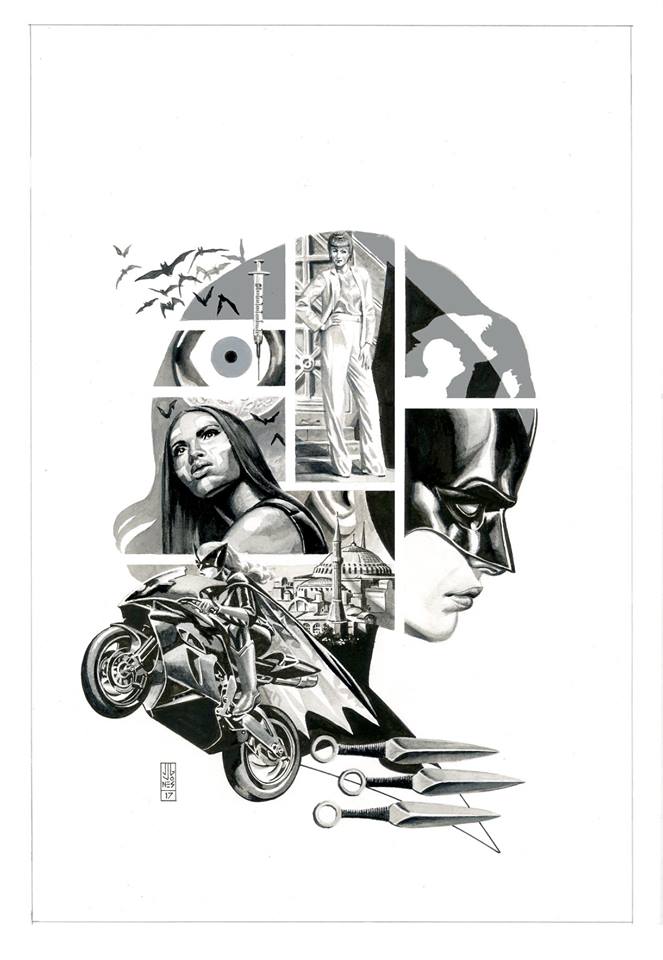
MACDONALD: Working at home is a lot of those little things. I think most of us who choose the freelance life have some attraction to the extreme focus that you get into when you’re on deadline. I mean it’s kind of addictive. But like any addiction it can be very destructive, as well.
JONES: Very much so. I really have to make a point of thinking about getting up and moving around, doing something. And I think for me boredom comes in and it’s a big motivator. God, I can’t sit in this room anymore. I have to get out of here. Even if I have to come back and work late that’s fine. If I go out and take an hour or two to clear my head it’s much better.
MACDONALD: I find, and I’m guessing you do too, it’s in that downtime that your mind is somehow solving some of those problems.
JONES: Especially when I’m writing, a lot of that happens. When I’ve put it down and walked away from it. Or even when I’m going to bed at night or getting showered, suddenly ideas come roaring through there and I have to get out and about to jot them down before they’re gone – and they will be gone.
MACDONALD: Well let’s talk a little about writing. Have you been writing comics or is this a new a new part of your vocation?
JONES: Basically I’ve always written stuff for myself. But then there was the next job and the next job and the next job. You’re paying the bills. But I think the first published writing was a Doc Savage story I did for DC and then I co-wrote Strange Fruit with Mark Waid, and painted that book. I’ve written a couple of graphic novels to draw for myself, but because company work takes over, I’ve just never taken the time to really finish. But now I’m now going to have a little bit of time for myself and I’m going back and tightening up scripts and want to have something without a deadline that I can draw when I’m recovering. So hopefully the next thing from me will be a thick novel.
MACDONALD: You want to give us any hint of what it might be about?
JONES: It’s another period piece.
MACDONALD: Obviously when you’re going through something like this, sometimes people want to tell that story. But I’m guessing that wouldn’t be appealing to you?
JONES: No, no, I’m not going to do a story of my illness. As appealing as that sounds to read! [general laughter] I’m all over the place [in what I like.] I love so much stuff that it makes it hard to decide where to go next. I’m also a dog with a bone once I get an idea. I don’t let it go even when I probably should. So some of the things I’m writing I started years ago and now I’m actually pushing them on through. There’s a drift that happens working in this business. I’ve been in it now 25 years. And just repeating myself endlessly is not that interesting. But having something stare you in the face is definitely a motivator. You’re going to do this or not. Someday begins with today’s date. All that cliché bullshit that guys get paid tons of money to stand up in front of a crowd and bark about.
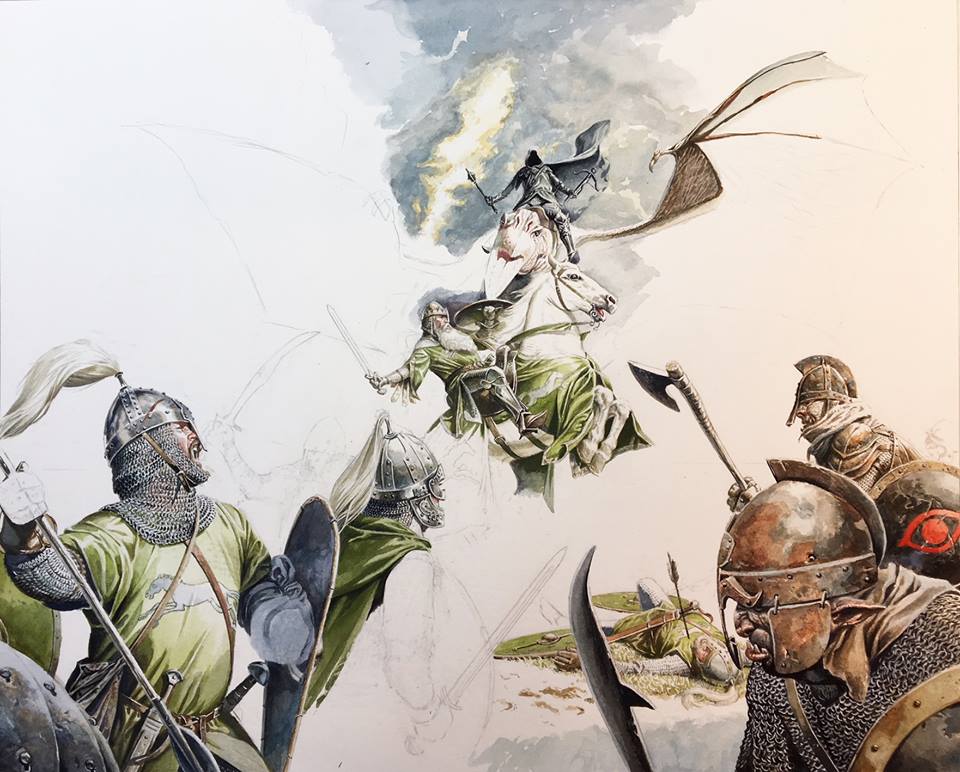
MACDONALD: I noticed when I was looking at your FB page that you had been doing some Lord of the Rings stuff. So was that for fun or for profit?
JONES: It’s something I’ve always wanted to do. I don’t have any publishing planned for that the moment [Attn publishers: get on this], but like a lot of people, when I was a kid I saw all those Lord of The Rings calendars by Greg and Tim Hildebrandt. It’s been in my head that I wanted to do that one day. So you know when I started to shut down the comics work, I was looking around and completely lost and didn’t know what to do with myself so I threw myself into doing these paintings. Making them has been pure joy.
MACDONALD: Well there is nothing I like more in the world than talking about Lord of the Rings because let’s face it, if you’re a Tolkienista, you never get tired of talking about it!
JONES: Ever!
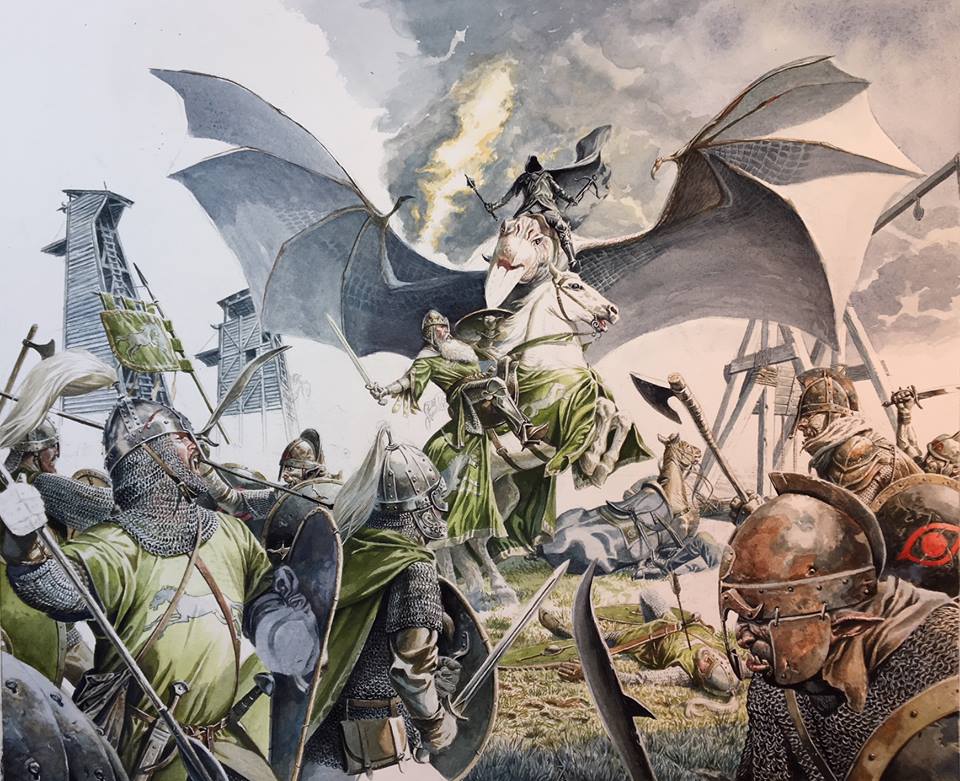
MACDONALD: The process stuff you posted looks amazing. The scene you’re working on now is the Death of Theoden. What appealed to you about that scene?
JONES: It’s always been just one of those iconic themes in my head. The first Tolkien painting that I did was sort of a test piece. Farmer Maggot meeting a Black Rider. It’s not a scene that we see in the books. Farmer Maggot describes what happened in the story but none of the other hobbits ever actually saw that event happen. So I liked the idea of taking a little side action and trying that out first. But to do the Death of Theoden is high drama. I did some sketches of the dark shape of this beast behind the white horse to see if I could pull this off. More than anything it was the energy and excitement of that image.
MACDONALD: I did like your Farmer Maggot piece – one of the things that is so endlessly fascinating to me about the Lord of the Rings is all those little moments. I think what draws us and so many people to the story is that the world building is so complete. And so when there’s just a little moment like that with a great character who only appears in the one scene but there he is facing down a Nazgul. The simple farmer and the dark evil creatures.
JONES: You nailed exactly what is so appealing about him. But doesn’t he show up in the one of the poems about Tom Bombadil in the book of poems, Farmer Giles of Ham? I think Bombadil goes to visit him, and tells him not to drink too much ale or something.
MACDONALD: Yes! That’s true! It’s the Deep State of Hobbiton. There was a secret back channel connection between Tom Bombadil and Farmer Maggot! [general mirth]
[A long conversation about the upcoming Amazon show and our concerns follows which I’m cutting out. Imrahil. But eventually the talk turns to being a fan of popular material]
MACDONALD: blah blah blah blah….and so the Hobbit trilogy wasn’t as good.
JONES: No, it wasn’t. I have a weird relationship with stuff like this. I’m initially really excited they’re doing it, and that “my stuff” is going to be out there that I’ve loved since I was a kid. But then it’s the whole awful Schroedinger’s Cat thing. It’s alive and dead until something happens. The potential in something is no longer there once it’s realized. I’m a weird purist about some of these things. I want my imagination to be the standard for what it is.
MACDONALD: Yeah, well that’s the great mystery of the imagination isn’t it? What we what we only imagine can be so much more powerful than what we can perceive.
JONES: Especially as an image maker, someone who does this for a living and did it for fun before I did it for a living. It’s always a conflicted space. You know, you’re bringing it to life and I end up fighting over the details [with myself]. In the Theoden painting, I’m thinking are they going to have chain mail or are we going to see their long blond hair. Just stupid things like that. What kind of helmet do orcs have, did they hammer these things out themselves? Someone had to, but it’s different level of craft to their stuff than the men of Westernesse. All this stuff is in my head and that’s why I have to go take walks.
MACDONALD: It’s funny because you also kind of like some character designs that you did and you yourself rejected them because they were too detailed!
JONES: [laughing] I fight my own demons.
MACDONALD: Noodling is the enemy.
JONES: It certainly can be. Sometimes the art of painting is just doing the sketch right. That’s where all the ideas get put down. So sometimes I deliberately make it harder on myself by not making all the decisions in the initial sketch I leave things to chance and that can blow up on me from time to time. But it also keeps me interested in the problems. So I’m not just doing a more detailed version of a drawing I’ve already done and solved all the problems.
MACDONALD: It sounds like you’re very like the process is very important to you. It’s not just “Oh another awesome cover.”
JONES: It’s the joy of doing it and I have to leave myself things sometimes. Sometimes you have to go so far out on a limb that it really forces you to learn. I always like to figure things out and learn about things. The only way to have that is by doing it.
Check out the JG Jones Art page on FB.



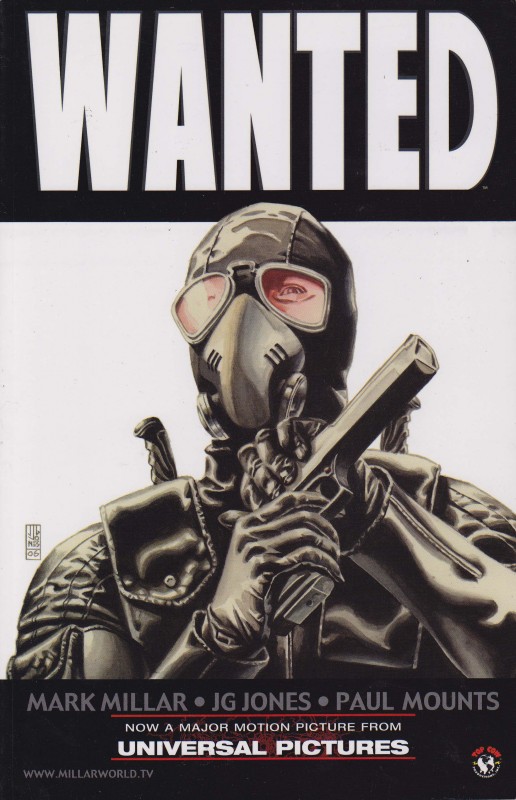
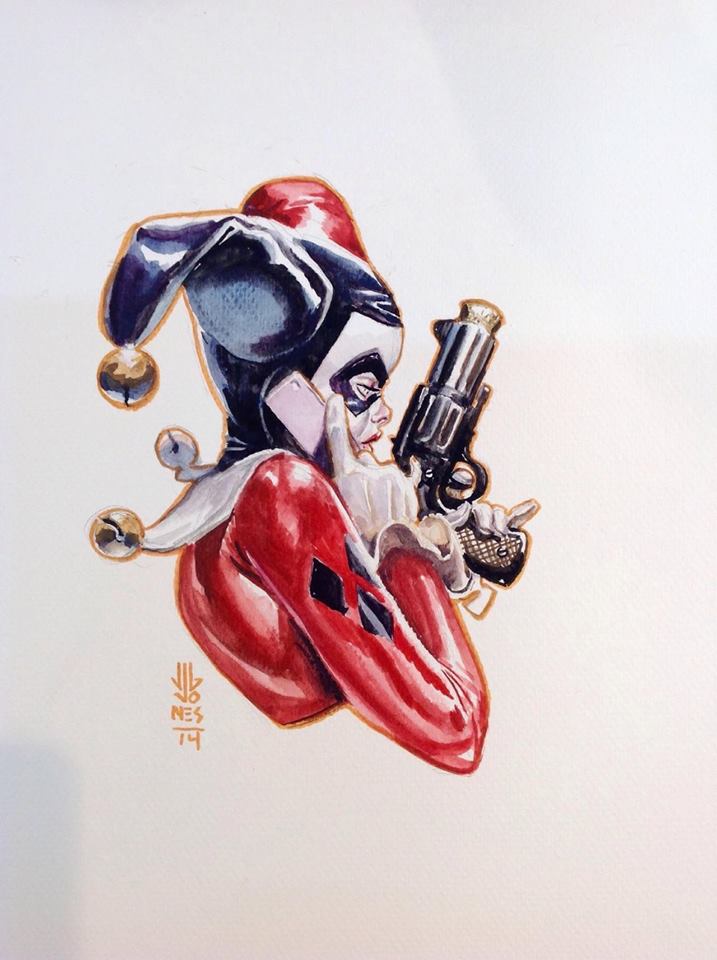
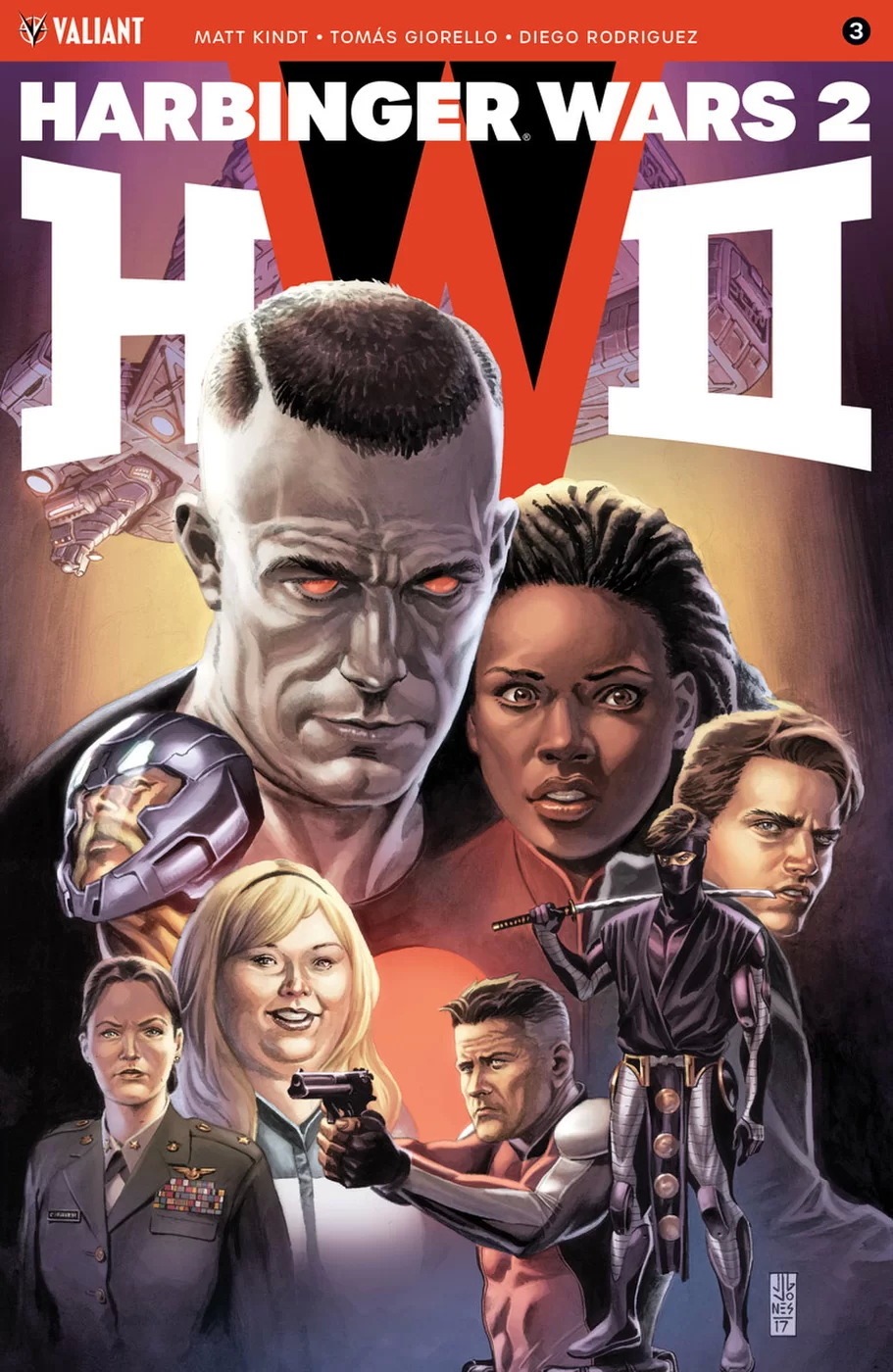
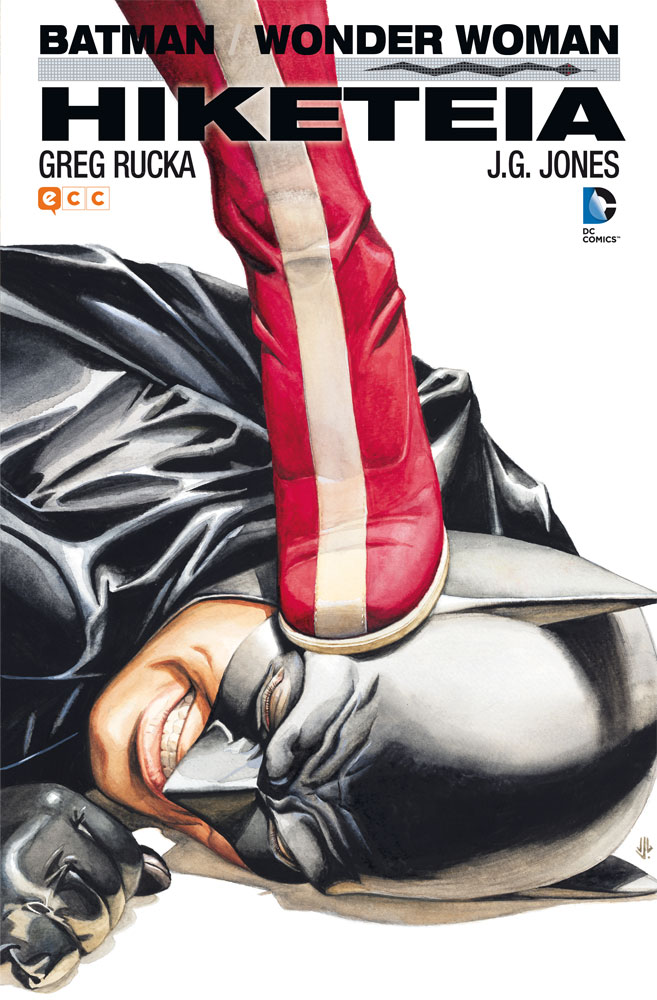
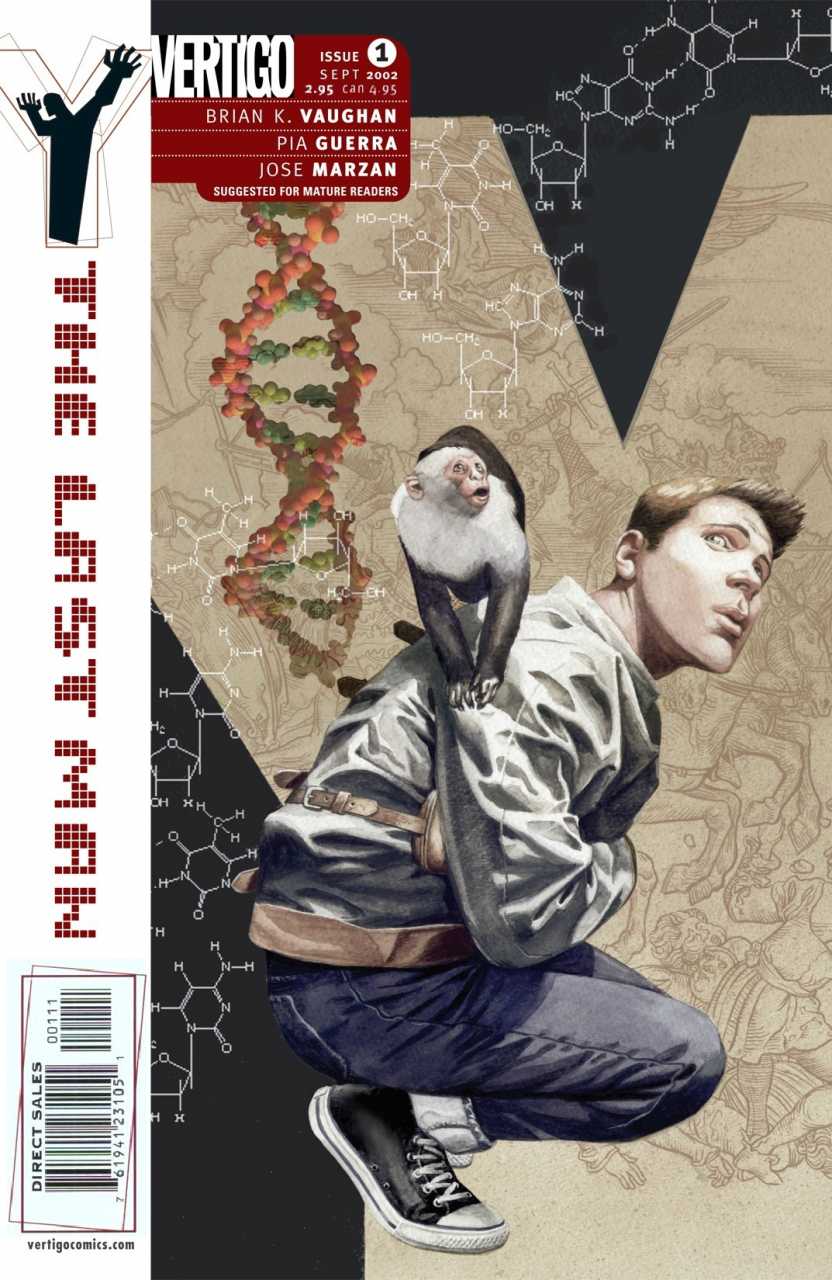
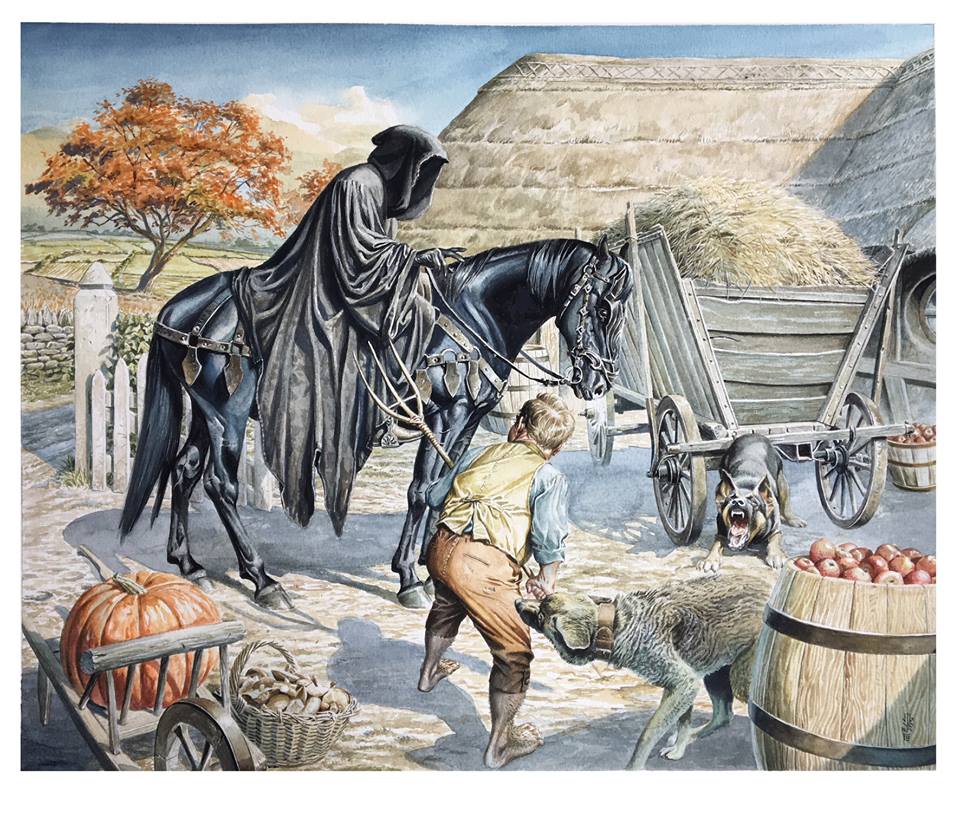
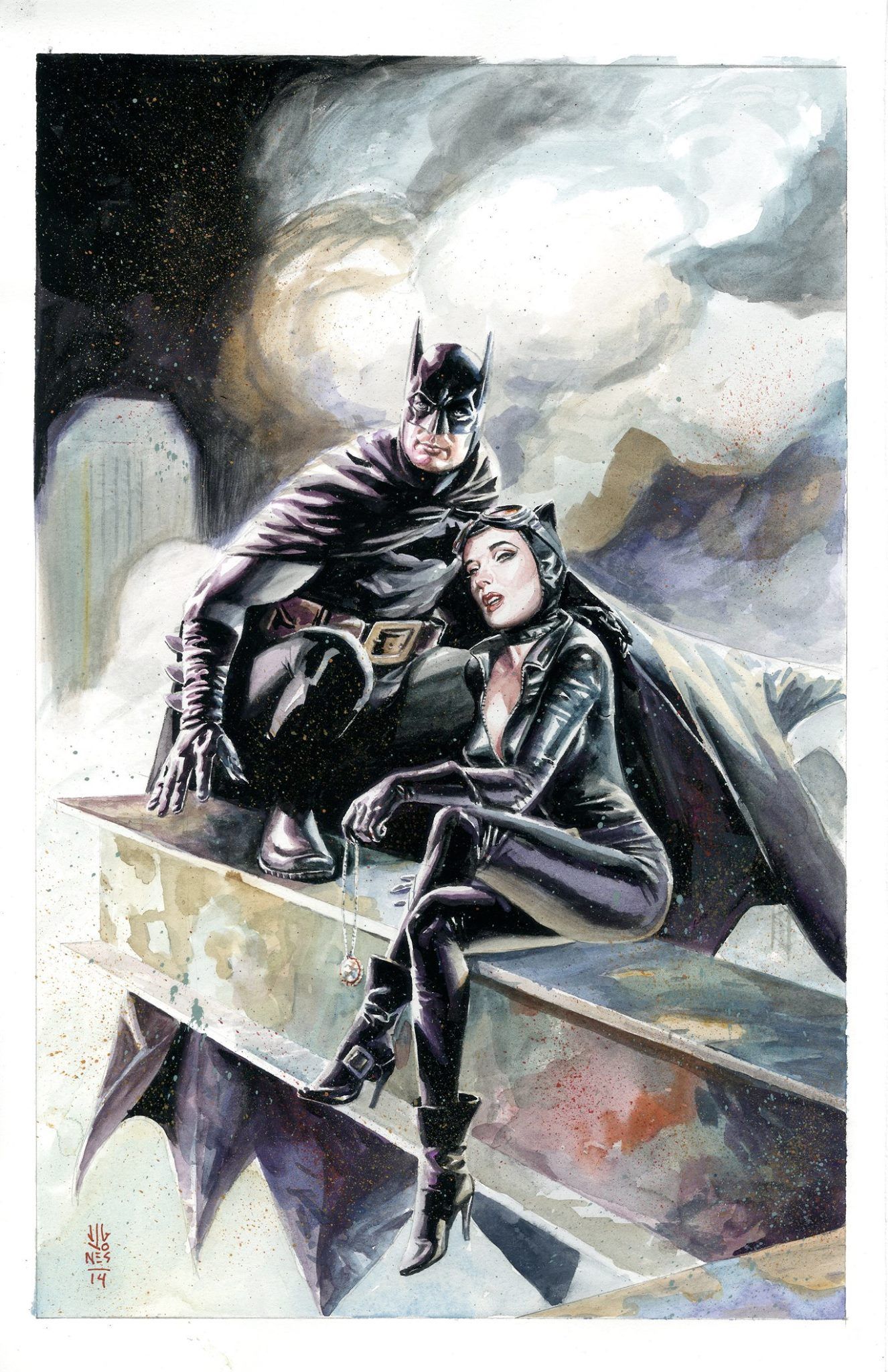
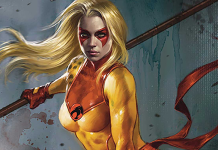
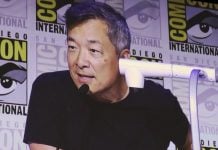



Sending positive vibes JG’s way. Sounds like an amazing guy. I really enjoyed this interview.
I Love JG.
Sending all the positive vibes I have to this genuine, sweet and lovely (talented) man.
(((XOXO)))
JG- I’m wishing you absolutely all the best. You have always been one of the best guys I’ve met in comics and art in general. Take care and hang in there!!!
My friend, you know how I feel about you. Fight the fight and call if you need anything at anytime.
Prayers for a quick and complete recovery, Mr. Jones. And well wishes from your fans to keep your spirits high through the process! Seriously, thank you for your contributions to the art of comics. Your style and attention to detail are some of the best in the business.
Your article is very informative. It’s a welcome change from other supposed informational content. Your points are unique and original in my opinion. I agree with many of your points.
JG is a sweetie-pie (he’s got that Louisiana Southern charm!) and a fantastic artist, and this is a lovely interview. Sending all my good thoughts his way as he undergoes treatment . . .
Comments are closed.